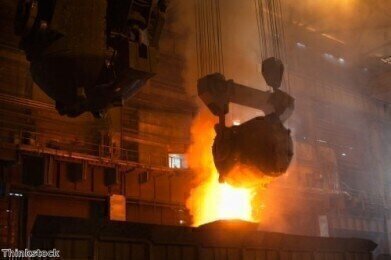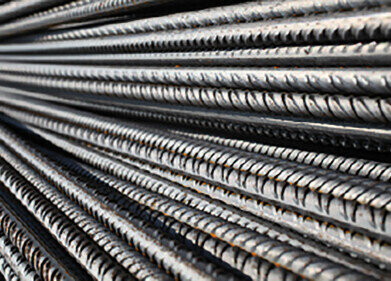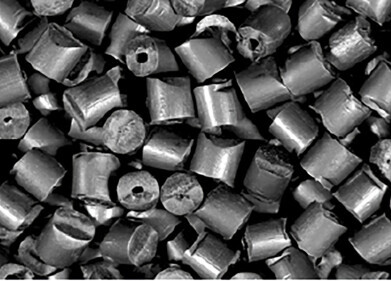-
 Waste carbon-heavy gases can be made into bioethanol
Waste carbon-heavy gases can be made into bioethanol
Biofuel Industry News
New technology aims to create bioethanol from steel industry waste
Jun 21 2013
An agreement has been made that will see integrated environmental solutions being developed that could help the global steel industry. LanzaTech and Siemens Metals Technologies have signed on to work together for a ten-year period in which the developed solutions will also be marketed to the industry.
LanzaTech's fermentation technology will be used to create bioethanol - a form of biodiesel - from carbon-rich off-gases. These gases are created by the steel industry and could ultimately serve as a fuel form, as well as other platform chemicals, rather than being emitted into the atmosphere.
The off-gases that are created by process plants throughout the steel and iron industry contain high levels of harmful greenhouse gases, carbon dioxide and carbon monoxide. These gases are generally used in the production of energy and heat within plants or have been flared in an attempt to reduce their environmental impact.
There are potentially high levels of these gases available for bioethanol production. Around 1.8 tonnes of carbon dioxide is emitted in the production of one tonne of steel. Instead of allowing these gases to access the atmosphere, LanzaTech's technology will use it as chemical energy within the plant. The off-gases will be used in the forms of carbon dioxide, cobalt and hydrogen.
This form of bioethanol uses a patented biological fermentation process that doesn't compete with food production, like the biodiesel that is produced via agriculture. The fuel produced from this process emits around 50 to 70 per cent less carbon dioxide than traditional petroleum-based fuels. The bioethanol also produces around a third less carbon dioxide than the electricity conversion techniques the steel industry currently uses.
Doctor Jennifer Holmgren, CEO of LanzaTech, said: "Carbon emissions from steel mills can create an important new source of energy while simultaneously reducing emissions. We are delighted to be partnering with Siemens to deliver integrated solutions that improve the value and environmental footprint of the global steel industry."
Norbert Petermaier, senior vice president of Siemens Metals Technologies, said: "The iron and steel industry currently has to cope with a difficult market situation. Today, our customers' main goal is not to achieve new production records, but squeezing operating costs. At the same time, governments are setting ambitious targets to emissions reductions, in particular with regards to carbon dioxide emissions."
Digital Edition
PIN 25.1 Feb/March
March 2024
In This Edition Safety - The technology behind the ION Science Tiger XT - Safety with ammonia and LOHCs as hydrogen carriers Analytical Instrumentation - Discussion on new tribology te...
View all digital editions
Events
Apr 22 2024 Hannover, Germany
Apr 22 2024 Marrakech, Morroco
Apr 22 2024 Muscat, Oman
Apr 22 2024 Rotterdam, Netherlands
Apr 23 2024 Singapore

















